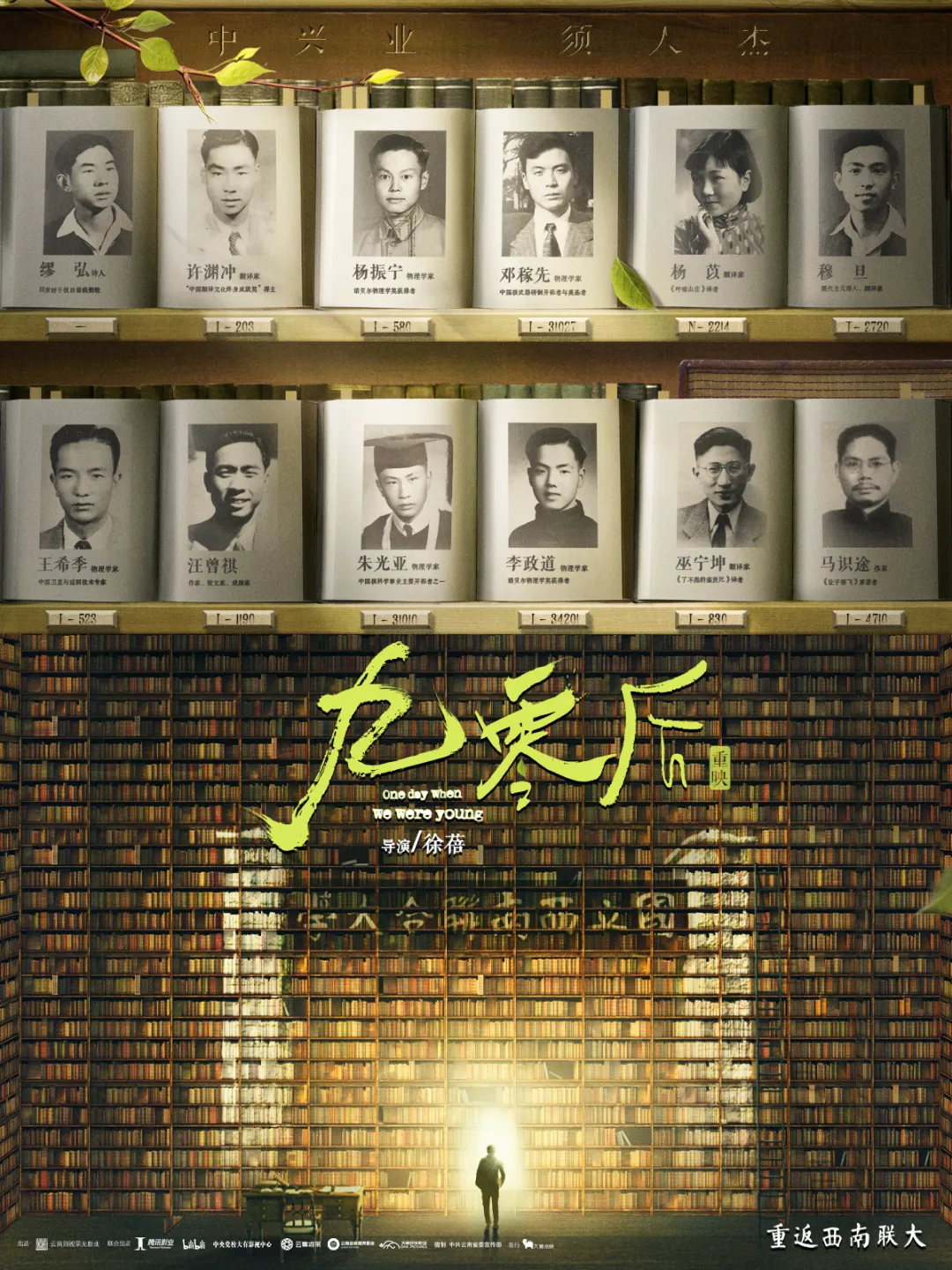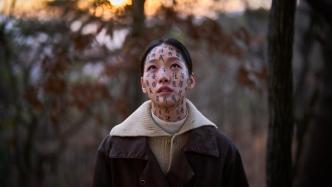
The global film market was generally calm in the first half of the year. If you have to find a movie full of entertainment recently, then "Tomb Raider" is a good choice.
"Tomb Raider" was released in South Korea in February and has performed very well commercially, becoming the first blockbuster in South Korea this year to have over 10 million viewers. Considering that this film is a relatively niche horror thriller, this result is relatively outstanding in recent years. Due to my country's restrictions on related feudal superstition themes, hearing that a neighboring country has produced this work that depicts "feng shui" has also attracted the attention of movie fans.
Unfortunately, the actual quality of the film is not amazing, and the Douban score is only 6.8, which is a failing score for foreign films. However, due to the chaotic mixture of commercial elements in the film and the excessive number of mysterious factors, there are many videos complaining about the film on Bilibili. Watching these abridged and explained contents is like reading a novel like "Grave Robbers' Chronicles". You will vaguely learn a lot about mysticism, which makes people feel full of joy, so it can also make up for some of the film's own lackluster performance.
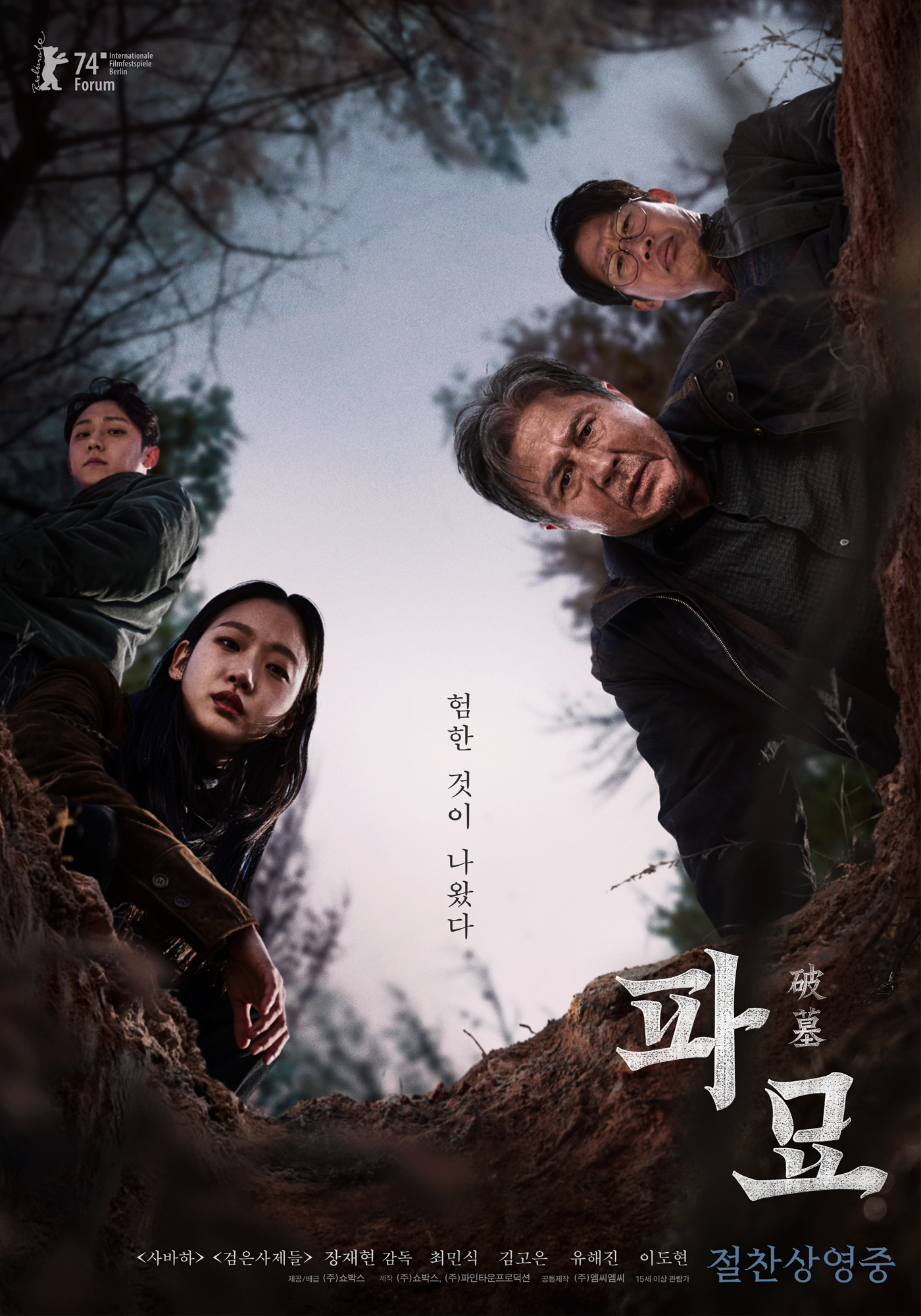
"Broken Grave" poster
The film tells the story of four "demon hunters" who join forces to fight monsters and exorcise demons for their employers and the country. They are divided into two teams, one is a team of female witches who are good at performing shaman dances, and the other is a Feng Shui master who is well versed in grave digging and tomb breaking.
In terms of the setting, it is easy to remind people of the four-man team in the old Hollywood movie "Ghostbusters" (1986). The names of the four protagonists are all famous national heroes in the anti-Japanese movement in South Korea in the 20th century, which roughly corresponds to our titles such as "Qiu Bai" and "Yi Man". From the beginning of the film, we can see that the screenwriter and director Zhang Zaixian pursues the "take-it-as-it-is" approach, mixing a lot of irrelevant content, and will go off the track more and more.

The four main actors in this film have their own characteristics. However, the characters don't interact much in the plot, and it often feels disconnected.
The film is divided into two distinct stories.
The first part is about a team of demon hunters who accept a commission from a Korean chaebol to try to dispel the dark clouds of harassment from their ancestors by breaking and moving graves. Similar exorcism themes are not uncommon in Eastern and Western films, where exorcists often perform mysterious rituals with religious connotations. In Christianity, priests read the Bible and sprinkle holy water, while in East Asian culture, there is a sacrificial activity that combines singing and dancing. Although the forms vary slightly in different cultures, they all belong to the Chinese cultural circle and contain the flavor of China's original "Nuo Opera".
In this film, the witch played by Kim Go-eun performed the most exciting part through the traditional "shaman dance". Kim Go-eun has been well-known since 2016 for the hit idol drama "Goblin". Her youthful and lovely temperament was loved by the audience, and her early career was very promising. However, the works she participated in in recent years have lacked response, and only this "Tomb Raider" can be regarded as a return to the public's attention.
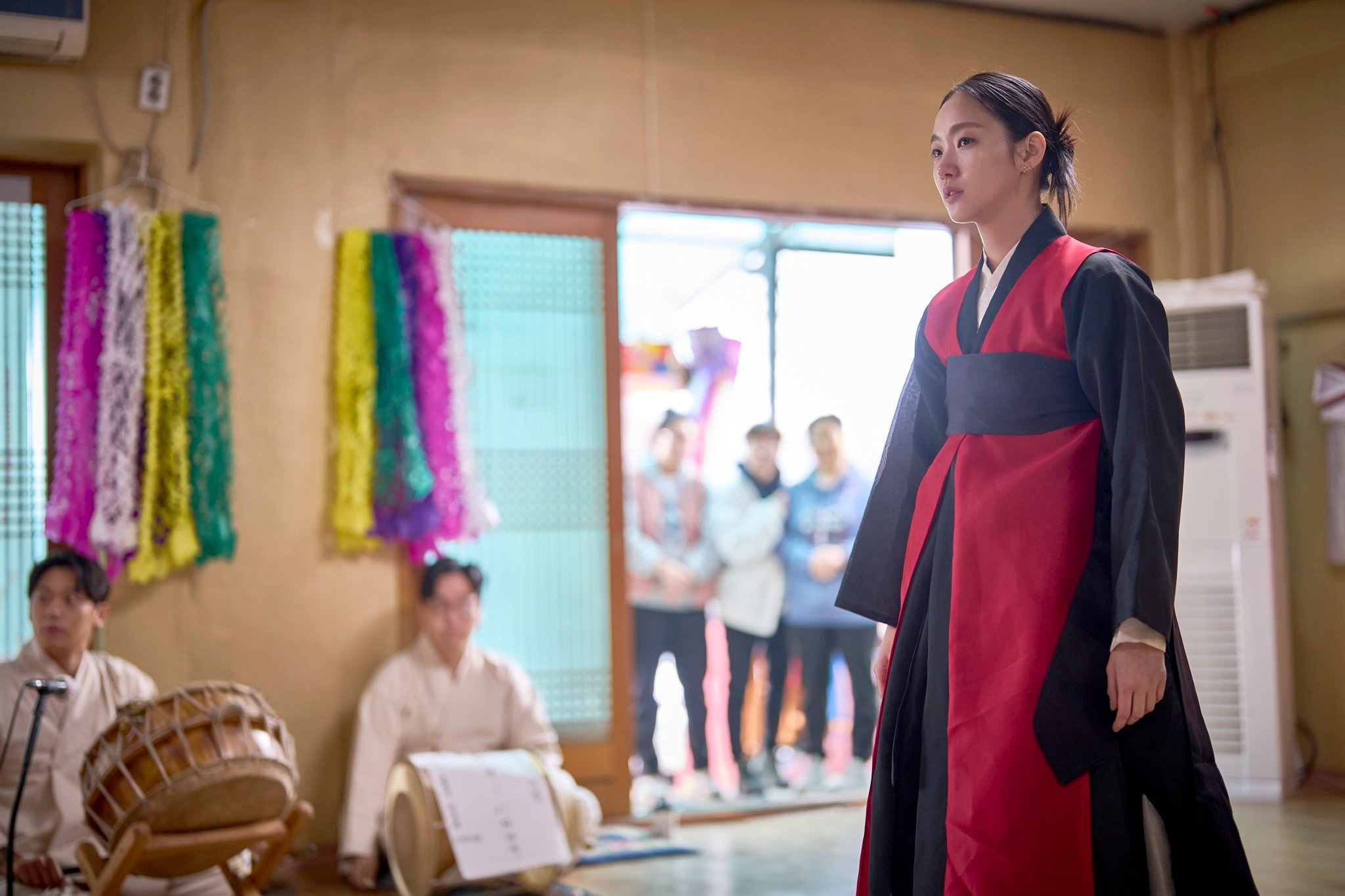
From some paragraphs, we can see that there are still many folk activities about "dancing the gods" in Korea.
"God jumping" is a sacrificial ritual that originated from the Shamanism of the ancient northern ethnic minorities in my country. It is often performed by professional wizards to "invite the gods to possess the body", and the participants place some wishes on getting rid of diseases and eliminating disasters. Nowadays, similar performances are still left in the northeast region of my country. Even top bands such as "Second Hand Rose" have borrowed many "god jumping" factors in their wild and flamboyant stage style. Judging from this film, "god jumping" should also be the most popular feudal superstitious activity for the Korean people today. After all, their cultural source is similar to that of Northeast my country.
Kim Go-eun's "Summoning God Dance" with two swords in hand, in addition to borrowing the weird movements of traditional wizards, the large range of body twisting and the intense singing and dancing atmosphere inevitably make people think that she must have received dance training from a girl group. She danced very beautifully, mysteriously and with a bit of heroic sexiness, which was unforgettable.
From the performance perspective, this dance is not simply imitation, but a re-creation of the actors after observing life. The movements and performance are the product of careful design. It must have taken a lot of time and practice to achieve such a presentation effect. It's just that compared with dialogue, intense emotions and other performances, physical performances are often easily overlooked by the audience, but they are also part of the performance. The wonderful "acting" of this segment is not exaggerated, and it can be regarded as the most essential part of the whole film.
In addition to the actors' performances, the creation of the overall mysterious atmosphere of the scene, the expression of the editing rhythm, the dark texture of the picture, etc., are all the good aspects of "Tomb Raider", which are combined to the fullest in this "shaman dance".

Jin Gaoyin holds two swords and dances with gods, with unique temperament
But the problem with the film is that a lot of the plot cannot stand up to scrutiny. Although it is a "mystical" theme, there is no so-called legitimate root, and it seems that anything can be said, but some parts just don't fit in with the cultural concepts we are familiar with, so it obviously becomes nonsense.
From a small perspective, the Korean chaebol family living in the United States in the film usually has to speak English first and then Korean when talking to their own family members. This is very confusing. It has no practical meaning except to express "we are living in the United States". From a big perspective, although it is possible for ancestors to dream or possess, if the ancestors want to harm the descendants of the family, unless the descendants have done "great unfilial" things, they must be punished from the perspective of cause and effect ethics. Otherwise, the grandfather will not bless his sons and grandsons, but will harm the only descendant of the family. This is a very strange idea from a cultural point of view.

The Korean chaebols are just tools, so it doesn't make sense. Anyway, the part about "eliminating evil for the country" is even harder to judge.
The first part of the exorcism business basically failed. The four protagonists learned from their mistakes and dug deeper, discovering that there was a vertical coffin under the coffin in the tomb. This leads to the second part of the film, "Exorcising demons for the country."
Simply put, the owner of the coffin was originally a traitor who sold his life for the Japanese. Later, he was used by his master and his small grave was used as a cover. In fact, it was to bury a "nail" in a special geographical location to cut off the lifeline of the waist of the "Taegeuk Tiger" shape of South Korea.
The so-called "feng shui" generally uses the topography and geographical features in reality, takes "yin and yang" and "graphics" as the basis for similar associations, and combines various scriptures and hexagrams to launch a whole set of "reasonable" statements. For South Korea, it was once popular that Japan had a special secret force during the colonial period, which buried 365 "nails" throughout South Korea, destroying the "feng shui" and leading to the misfortune of the subsequent presidents of the Blue House. So why are the names of the four protagonists linked to anti-Japanese patriots, and even the license plate numbers they drive have hints about the dates of victory in World War II, etc. Here we can also draw a conclusion that it turned out to be a kind of destined "reincarnation operation."
This part of the plot is summarized as "the new generation of South Korea upholds the spirit of patriotism, bears the names of martyrs, uses professional exorcism knowledge and courage to fight against the ancient undead warriors set up by Japanese Onmyoji, and ultimately saves the country's destiny."
In the climax battle part, in addition to borrowing the iconography of "destroying ghosts with words" from traditional ghost movies, the director also invented the theory of mutual generation and mutual restraint that "wet wood" can defeat "burning saber" based on the five elements of "gold, wood, water, fire and earth".
If you think about the two stories in the film carefully, they roughly express the following implication: the reason why modern South Korea cannot smoothly move closer to the United States and enter a better modernization development is that Japan once destroyed South Korea's lifeline. Therefore, adhering to "anti-Japan and pro-US" is the right path for South Korea's development.
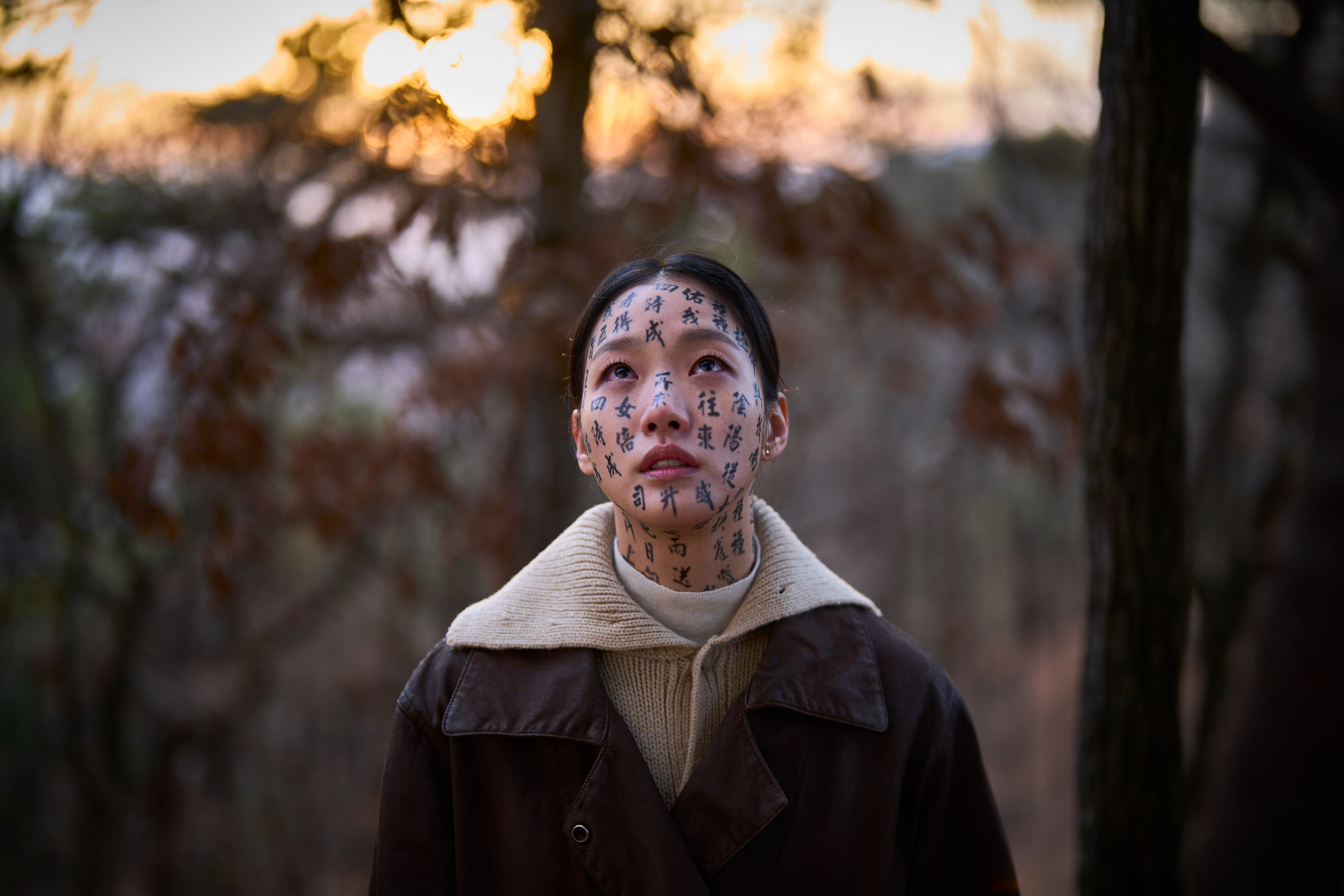
Writing on the face to ward off evil spirits was first seen in the Japanese film "Kaidan" (1964), and is now a common practice in many Asian horror films.
Korean commercial films have been influenced by Hong Kong films, and have borrowed a lot of slightly crazy ideas. But when Hong Kong films were at their peak, such as many of the "zombie-fighting" films starring Lam Ching-ying, they all contained some comedy elements, so the audience knew they were all made up and would not take them too seriously, and would just laugh it off.
The film "Tomb Raider" combines a lot of commercial elements of similar films, copying from both the East and the West, and also accepts all kinds of folk legends and strange stories, adding some national passion for the Republic of Korea, which can be said to be anything lively. However, its overall atmosphere seems solemn and serious, making it difficult to figure out whether this is a wrong page in the printing and binding of the exorcism manual, or a serious nonsense. Apart from praising its full entertainment value, it seems impossible to seriously comment on its content.

Veteran actor Choi Min-sik performed well. However, his method of identifying Feng Shui by eating soil has no theoretical basis and is just fancy. It is better not to learn it.
All I can say is that Koreans are not very good at exorcism. Feng Shui and other things are half-baked tricks, and they are far-fetched. No matter how serious the lead actor Choi Min-sik appears, you should not trust his professionalism. It is better to trust the "blind bone-touching" stalls at the night market, who may even recite a few sentences from the Book of Changes.
But the "shaman dance" is really good and pretty. It can also be considered that the idol girl groups are constantly following the trend of the times and making progress. It can be said that Korean singing and dancing culture is a new contribution to the global exorcism industry.


